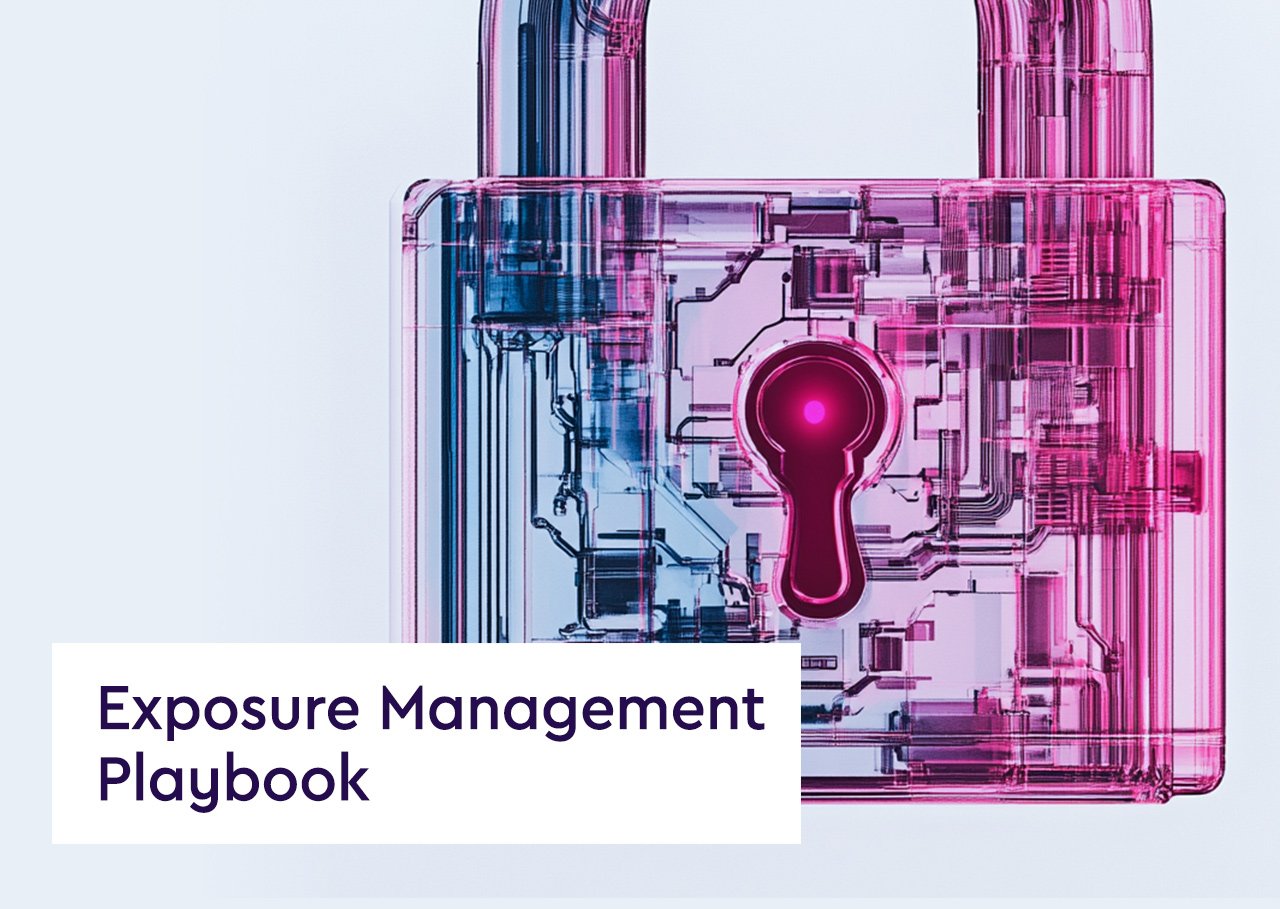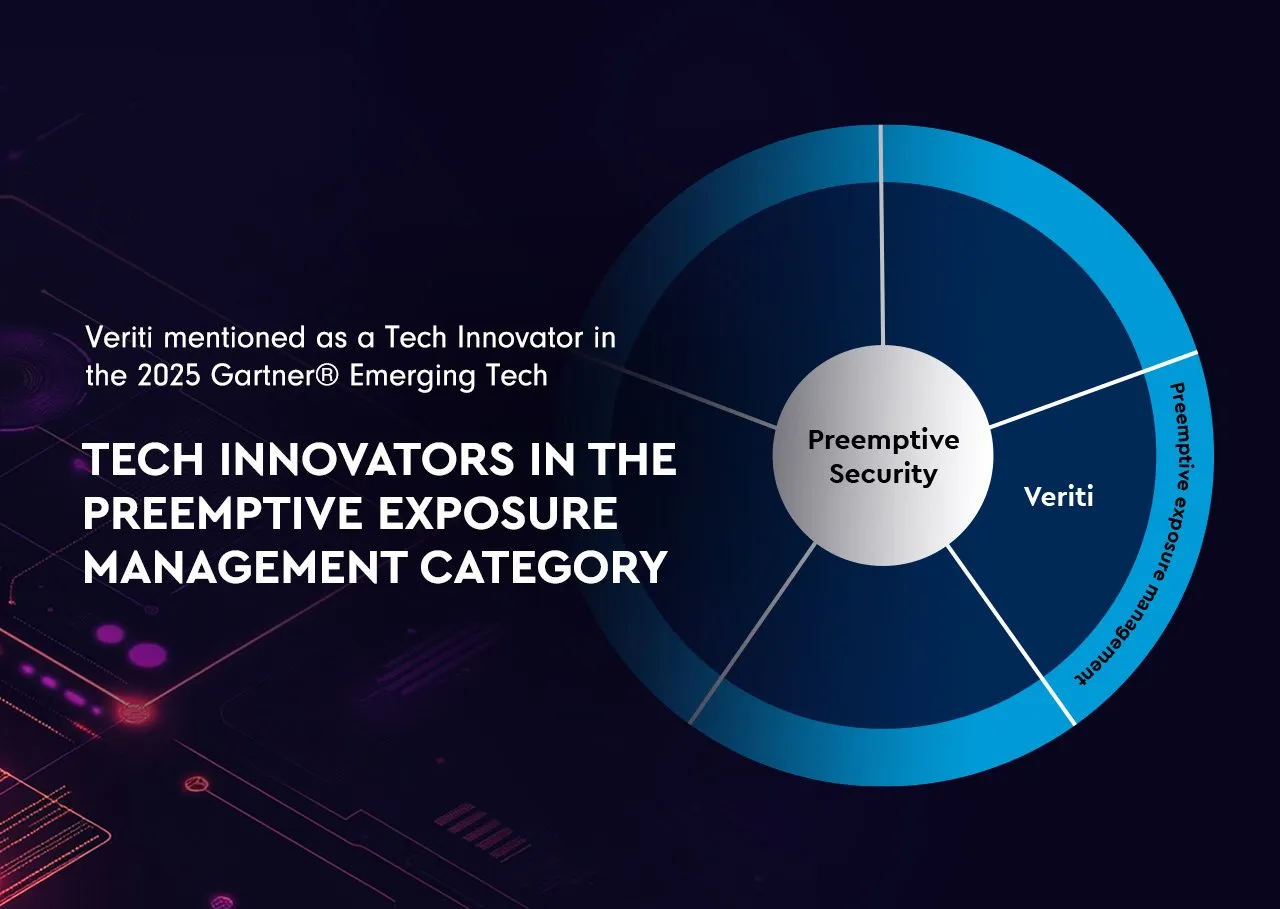Definition: Vulnerability Mitigation refers to the process of reducing or eliminating the risk associated with cybersecurity vulnerabilities in an organization’s systems and networks. It involves implementing measures to lessen the impact of these vulnerabilities to prevent potential cyber attacks or data breaches. Mitigation is a critical component of vulnerability management, focusing not only on remediation but also on reducing the potential damage vulnerabilities might cause.
Vulnerability mitigation acts as the frontline defense in cybersecurity, ensuring that organizations not only address known vulnerabilities but also take proactive steps to reduce their overall exposure to threats. It’s no longer enough to rely solely on reactive measures. By integrating mitigation strategies into a broader security framework, organizations can stay ahead of attackers and protect critical assets.
The Shift to Unified Vulnerability Management
The cybersecurity landscape is evolving, and traditional vulnerability management methods can no longer keep up. Organizations face an overwhelming volume of vulnerabilities across cloud, endpoints, and applications—leading to alert fatigue, misprioritization, and delays in remediation.
Veriti enables a Unified Vulnerability Management (UVM) approach that goes beyond static vulnerability tracking, ensuring:
- Continuous exposure assessment to proactively identify risks before attackers do.
- Context-aware vulnerability prioritization, factoring in business impact, exploitability, and compensating controls.
- Safe, automated remediation workflows that protect organizations without operational disruption.
With real-time enrichment, remediation impact analysis, and centralized risk visibility, Veriti empowers security teams to shift from reactive patching to proactive risk reduction.
Key Strategies:
- Patching and Updates: Applying security patches and updates to software and systems to fix known vulnerabilities.
- Configuration Changes: Adjusting settings and configurations to strengthen security and reduce exposure to risks.
- Access Controls: Implementing strict access control measures to limit exposure to vulnerable systems or data.
- Network Segmentation: Dividing networks into smaller segments to contain and isolate potential breaches.
- Security Awareness Training: Educating employees about cybersecurity best practices to prevent exploitable human errors.
A multi-layered approach is key to effective vulnerability mitigation. While patching and configuration changes are foundational strategies, implementing network segmentation and access controls provides an additional layer of defense, ensuring that if a breach occurs, its impact is minimized. Furthermore, integrating security awareness training into mitigation efforts addresses the human element—often the weakest link in cybersecurity.
Importance of Vulnerability Mitigation:
- Prevention of Exploits: Reduces the chances of vulnerabilities being exploited by attackers.
- Compliance and Legal Obligations: Meets regulatory requirements that mandate proactive cybersecurity measures.
- Operational Continuity: Minimizes disruptions to business operations by preventing security incidents.
- Protection of Sensitive Data: Ensures the safety and integrity of confidential and sensitive information.
Vulnerability mitigation not only plays a pivotal role in protecting sensitive data and maintaining operational continuity, but it also serves as a critical component in achieving compliance with regulatory standards. Failing to address known vulnerabilities can lead to costly data breaches, financial penalties, and reputational damage, making proactive mitigation a necessary step for every organization.
Why Exposure Management is the Future of Vulnerability Mitigation
Vulnerability mitigation must evolve from patching and updates to a continuous, risk-driven exposure management strategy.
Modern security teams need more than just vulnerability scanners, they require a full understanding of the attack surface, including:
- How vulnerabilities interact with misconfigurations and compensating controls.
- Which threats are actively exploited and how they align with business-critical assets.
- What remediation actions are safest to apply, without breaking business operations.
Veriti brings exposure management to vulnerability mitigation by providing:
- End-to-end visibility into infrastructure risks across on-prem and cloud environments.
- Automated enrichment and prioritization that cuts through noise and eliminates false positives.
- One-click remediation that align security and business priorities.
Organizations that adopt exposure-based vulnerability mitigation not only reduce cyber risk but also streamline operations, ensuring security efforts enhance, not disrupt business continuity.
Best Practices for Vulnerability Mitigation:
- Regular Vulnerability Assessments: Conducting frequent assessments to identify and address new vulnerabilities.
- Prioritization Based on Risk: Focusing on vulnerabilities that pose the highest risk to the organization.
- Collaboration and Communication: Ensuring effective coordination among various teams and stakeholders in the mitigation process.
- Continuous Monitoring and Improvement: Implementing ongoing monitoring and continually improving mitigation strategies.
Effective vulnerability mitigation requires a proactive and continuous approach. Regular assessments ensure that new vulnerabilities are identified promptly, while prioritizing high-risk vulnerabilities helps streamline resources for maximum impact. Continuous monitoring allows for real-time identification of emerging threats, while collaborative communication ensures that all stakeholders are aligned in addressing vulnerabilities before they can be exploited.
Vulnerability Mitigation is an essential aspect of cybersecurity, involving a range of strategies to reduce the risks associated with system and network vulnerabilities. Effective mitigation requires a proactive approach, regular assessments, and the strategic allocation of resources to protect against cyber threats and ensure the security and resilience of an organization’s IT infrastructure.
Vulnerability mitigation is not a one-time activity but a continuous process. It demands a well-rounded strategy that incorporates both technical controls and organizational practices to reduce exposure, manage risks, and secure business-critical data. As cyber threats evolve, so too must an organization’s mitigation efforts to maintain a strong security posture.
ecurity teams must move beyond fragmented vulnerability management to an integrated exposure mitigation approach that prioritizes what truly matters.
Veriti is leading this evolution, helping organizations see, prioritize, and remediate vulnerabilities with confidence. By unifying exposure management, business-driven prioritization, and safe remediation, Veriti ensures security teams can proactively reduce risk, without compromising business operations.
The future of vulnerability mitigation isn’t just patching faster, it’s about fixing what matters, with precision and confidence.




